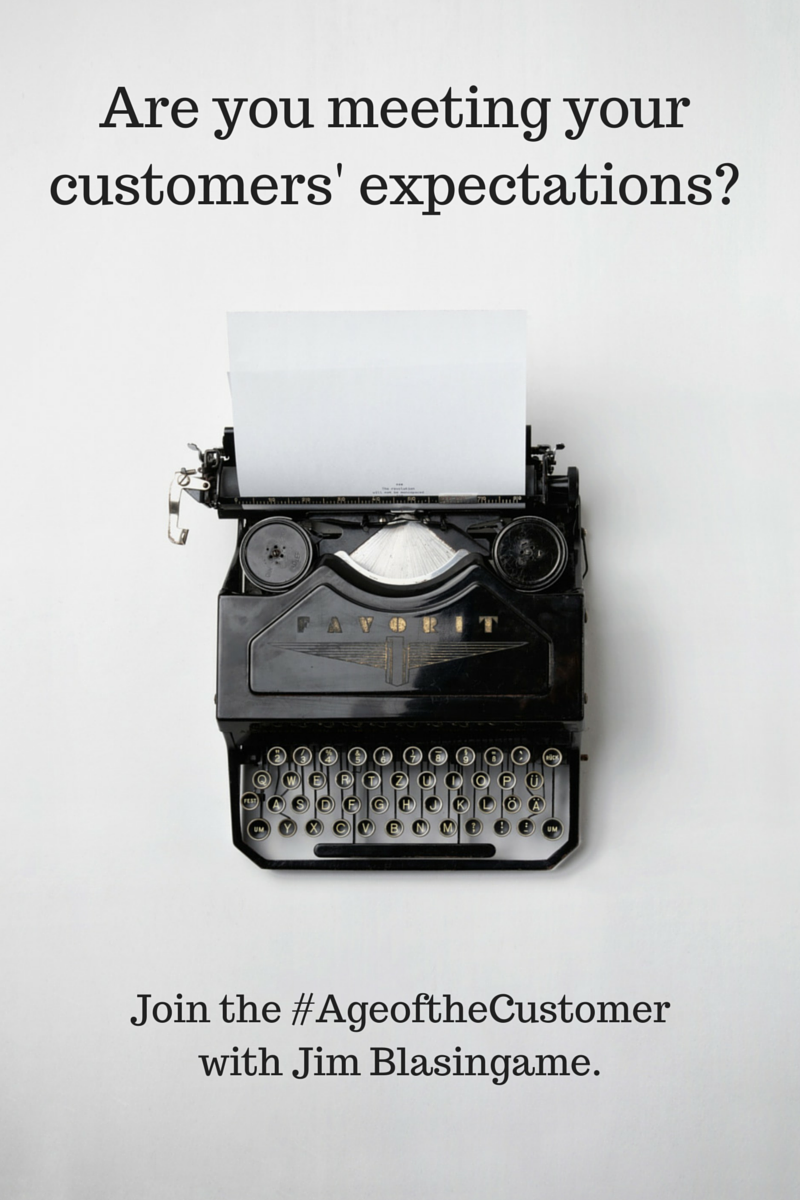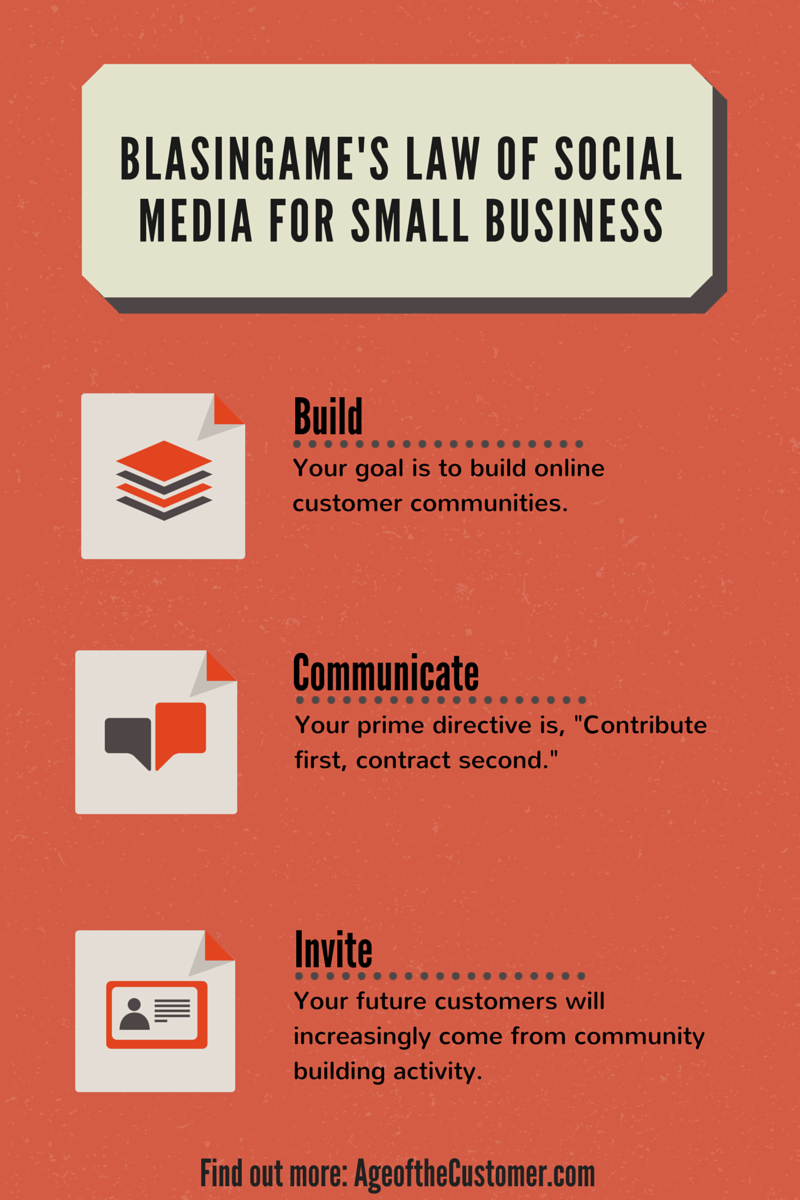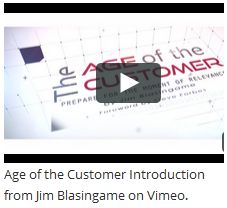 Why do birds suddenly appear
Why do birds suddenly appear
Every time you are near?
Just like me, they long to be
Close to you.
In 1970, the brother/sister act, The Carpenters, took these lyrics and the rest of the song, “Close To You” to the top of the charts. Velvet-voiced Karen sang lead, with brother Richard contributing lyrics and sweet harmony.
Out here on Main Street, small businesses should hum that tune every day to remind themselves about the three most important stakeholders they want to be close to.
Customers
Every business, large and small, longs to be close to its customers. But getting customers to return the favor is the challenge. Time was, when a business was a critical link to certain products and services for customers. Longing to be close to us, customers – and their loyalty – weren’t so illusive. Today, almost everything needed by customers can be purchased within a few miles of your business from competitors that didn’t exist when the Carpenters topped the charts. Throw in the Internet and e-commerce and what isn’t a commodity today?
The good news for Main Street is that small and nimble increasingly trumps big and strong. With few exceptions, we can’t compete with the big guys on price, selection, or brand intimidation. But we can make customers want to be close to us is by scratching an itch the big boxes can’t always reach: customization.
If you want customers to suddenly appear, find out what keeps them up at night. And don’t expect the answer to be a burning need for your product or service. If you deliver a customized solution, customers will long for your business because you added unique value they can use. And here’s the silver bullet of customer longing: Help your customers help their customers.
The other good news is that customization justifies higher margins than off-the-shelf offerings. If it’s truly focused on the customer’s solution, they’ll pay for it and come back for more.
Vendors
Once-upon-a-time, a vendor was a company from which you purchased inventory, raw materials, and operating supplies. Today, if a vendor isn’t longing to be your partner, you’ve got the wrong vendor.
Of course, we’re at once a customer to vendors and a vendor to customers. Consequently, we have to find vendor-partners as well as be one. In these roles, it’s important to understand a concept that has become part of the romance between 21st century vendors and customers: seamless.
In a world of outsourcing as a management strategy, the goal is not merely to reduce in-house staff. If outsourcing is to work, products and services MUST be delivered so seamlessly to us by our vendors, and by us to our customers, that operating efficiencies actually improve.
Small businesses have a greater opportunity today to accomplish the hand-in-glove level of closeness required for seamless delivery. And we can’t deliver seamlessly to customers unless vendors long to be seamlessly close to us.
Employees
Back when the Carpenters were belting out hits, the employer/employee relationship was based largely on the Dominator Management Model, which is to say, not much closeness. Employees longed for the perceived job security and benefits of a paternalistic employer. But in the 21st century, employees are drawn closer to leaders.
Today, employers must be able to show employees that we long for them. The best way to demonstrate our longing is to close the gap between what the company needs and what employees want. This means finding and keeping employees who become stakeholders.
If you want employees to long for you, you have to suddenly appear as a partner longing to support their professional and personal fulfillment. And no one can do this better than small business.
Write this on a rock … Find and keep customers, vendors, and employees who long to be close to you.












